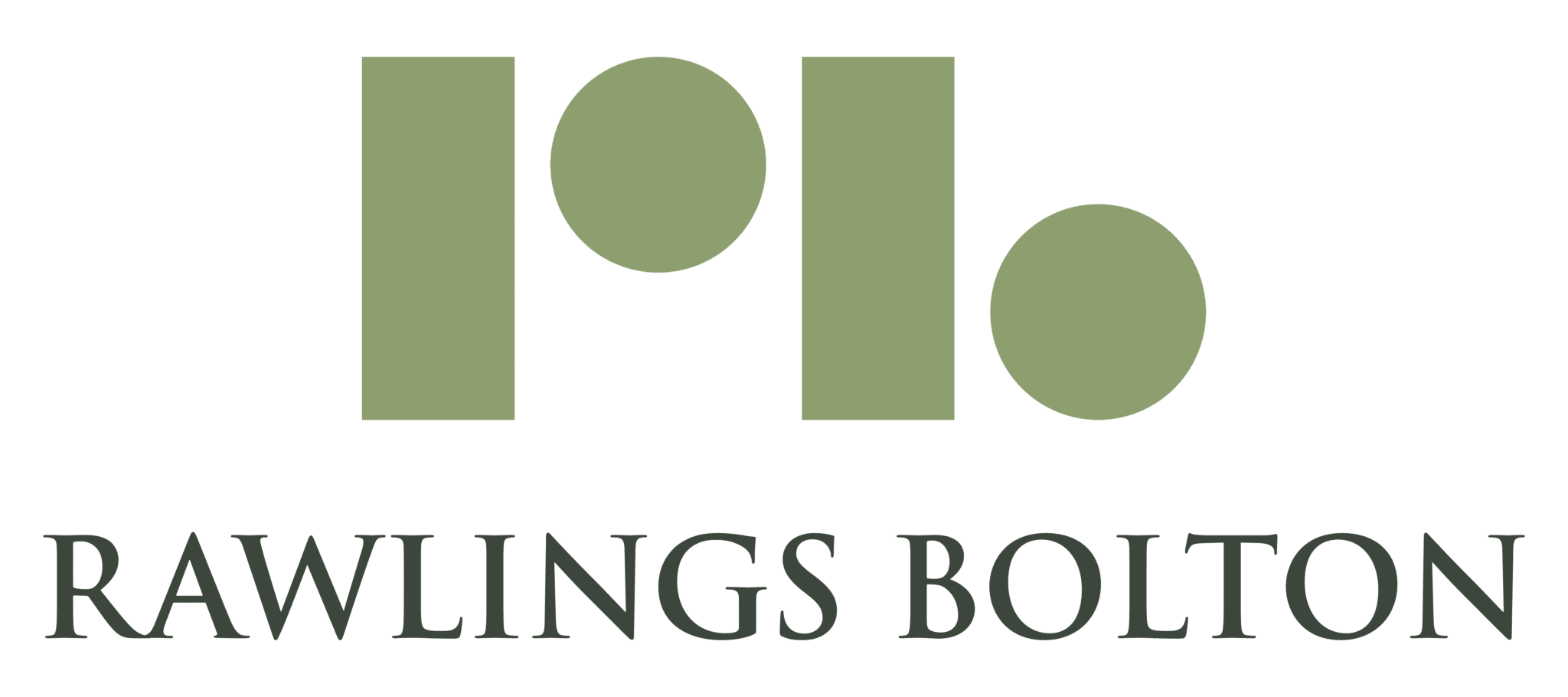The Anti-Money Laundering and Counter-Terrorism Financing Amendment Act 2024 (AML/CTF Amendment Act 2024) is a significant piece of legislation in Australia that reforms the existing AML/CTF regime. Passed on November 29, 2024, and receiving Royal Assent on December 10, 2024, it aims to strengthen Australia’s ability to combat money laundering, terrorism financing, and proliferation financing. The reforms broaden the scope of the AML/CTF regime to include previously unregulated sectors, simplify compliance for businesses, and modernise the framework to address evolving criminal methodologies.
Here’s a detailed and structured summary of the key AML/CTF obligations coming into effect on 1 July 2026 in Australia, aimed at assisting Tranche 2 entities—i.e., those newly regulated under the AML/CTF Amendment Act 2024:
Who’s caught by the new rules?
From 1 July 2026, AML/CTF obligations will apply to specific service providers often referred to as Tranche 2 entities. These include.
- Real estate professionals (agents, buyers’ agents, property developers)
- Dealers in precious stones, metals and products
- Lawyers and conveyancers
- Accountants
- Trust and company service providers
These entities must have an Australian nexus—either through residency or business operations in Australia—to be captured under the regime.
How does this impact Funds Management Sector?
- Managed investment schemes and super funds have already been reporting on this since 2006.
- Entities that manage trusts (see below) are now caught under the Tranche 2 entity changes (see below)
Trust and Company Service Providers (TCSPs)
Those offering services such as:
- Forming companies
- Acting as nominee shareholders/directors
- Providing registered office or business addresses
- Managing trusts or legal arrangements
Legal Arrangements
Under the reforms, legal arrangements include structures such as:
- Express trusts (e.g., discretionary/family trusts, unit trusts)
- Partnerships and joint ventures
- Unincorporated associations
- Similar formal arrangements used to manage assets
Managing Trusts or Legal Arrangements” as a Designated Service
This involves providing services that establish, structure, or operate these arrangements professionally, including:
- Forming or administering trusts/joint ventures
- Acting as a trustee, nominee director/shareholder, or providing a registered office
- Planning or executing transactions related to these entities (e.g., transfers of corporate interests or trust assets)
“Managing trusts or legal arrangements” refers to:
- Active involvement in setting up or operating trusts, partnerships, joint ventures, and similar structures.
- Providing trustee, nominee, or administrative services.
- Facilitating structural or ownership changes in such entities.
If you’re offering any of these designated services with an Australian connection, you must comply with AML/CTF obligations starting 1 July 2026 under Tranche 2. These services are captured under Tranche 2 as Trust and Company Service Providers (TCSPs) when they have an Australian nexus.
When This Applies
You’ll need to comply if your business:
- Sets up legal arrangements (e.g., establishing a family trust).
- Administers them (e.g., managing trust funds, appointing trustees, filing returns).
- Provides nominee or administrative services (e.g., director services, registered offices).
- Facilitates transactions involving these arrangements (e.g., transfers of trust interests or structure changes)
Example Scenarios Covered
- A lawyer who incorporates a trust and acts as its ongoing trustee.
- An accountant offering nominee-director services for a company in a fund structure.
- A business advisor managing the transfer of unit trust interests for clients.
All of the above are now designated services under Tranche 2 from 1 July 2026.
Comparison: Tranche 1 vs Tranche 2
- Tranche 1 entities are typically financial institutions and high-cash businesses regulated since 2006.
- Tranche 2 entities are professional service providers now being brought into the AML/CTF regime due to their risk exposure to money laundering and terrorism financing through corporate, property, and legal structuring.
| Category | Tranche 1 Entities | Tranche 2 Entities (from 1 July 2026) |
|---|---|---|
| AML/CTF Regulation Start | 2006 | 2026 |
| Sectors Covered | Banks, credit unions, remitters - Super funds - Bullion dealers - Gambling (casinos, betting) | Lawyers and conveyancers - Accountants - Real estate agents - Trust and company service providers (TCSPs) - Dealers in precious metals/stones |
| Type of Risk | Direct handling and movement of funds (high-risk flows) | Structuring of financial/legal arrangements (medium-high risk) |
| AUSTRAC Oversight | Yes | Yes (from July 2026) |
| Customer Due Diligence (CDD) | Required | Required |
| Suspicious Matter Reporting | Required | Required |
| Transaction Monitoring | Required | Required |
| Enrolment Requirement | Already enrolled | Must enrol by 29 July 2026 |
| AML/CTF Program | Required (Part A & B) | Required (Part A & B) |
| Annual Compliance Reporting | Required | Required |
| Threshold Transaction Reporting (TTR) | Yes (for $10,000+ cash) | Yes (if handling high-value cash/crypto) |
| Includes | Banks, remitters, gambling, bullion | Lawyers, accountants, real estate, TCSPs |
| Core obligations | Already in effect | Begin 1 July 2026 |
| Risk level | High (direct handling of funds) | Medium-High (structuring, property) |
| Overseen by AUSTRAC? | Yes | Yes (from July 2026) |
Registration & enrolment
- Entities can enrol with AUSTRAC from 31 March 2026
- Full enrolment—which involves submitting key business and service information—is required by 29 July 2026 at the latest.
Governance & Compliance Framework
Tranche 2 entities must establish a robust AML/CTF Program, which includes
- A Governing Body, Senior Manager(s), and a designated AML/CTF Compliance Officer. In smaller businesses, one person may fulfill multiple roles
- Governance structures must clearly allocate responsibilities and oversight duties.
Developing & Maintaining an AML/CTF Program
- Organisations must create AML/CTF programs tailored to their business, covering risk assessments, internal policies, controls, procedures, training, and ongoing reviews
- Tranche 2 entities must build and maintain this program throughout their operations.
- Existing reporting groups (from Tranche 1) are also subject to updated program requirements, including appointing a lead entity to harmonise group-level AML/CTF measures.
Customer Due Diligence (CDD)
All entities must adopt a risk-based CDD approach, which requires consideration of:
- The results of their ML/TF risk assessment
- The nature of the customer (who)
- The nature and delivery of services provided
- Any countries involved in the services
- Additional factors defined in the AML/CTF Rules
Entities may rely on third-party digital identity verification providers, but they remain responsible for any CDD performed by third parties.
Transaction Monitoring & Suspicious Matter Reporting
Entities must implement systems to monitor transactions and behaviors, flagging unusual activity. They’re required to:
- Send Suspicious Matter Reports (SMRs) when reasonable grounds exist
- Monitor pre-commencement clients for significant shifts in account use or patterns that increase ML/TF risk.
Ongoing Review & Enhanced Due Diligence
Entities must:
- Periodically review and update customer risk profiles
- Re-verify KYC documents and information if necessary
- Monitor for significant changes in customer behaviour or risk factors during business relationships
Record‑keeping & Reporting Requirements
Entities are obliged to:
- Keep detailed records of all CDD steps and verification
- Maintain records of transaction monitoring and SMRs
- Comply with any additional AML/CTF Rules prescribed under the regulations
| Date | Milestone |
|---|---|
| 31 Mar 2026 | Enrolment opens; Updated Rules commence for Tranche 1 entities & existing reporting groups |
| 1 Jul 2026 | Full obligations begin for Tranche 2 entities—encompassing governance, CDD, monitoring, reporting |
| 29 Jul 2026 | Final deadline for full AUSTRAC enrolment submissions |
Key Actions for Tranche 2 Entities
To prepare effectively for compliance by 1 July 2026, organisations should:
- Assess whether their offered services fall under Tranche 2 and confirm Australian nexus.
- Plan enrolment—be ready to register from 31 March and submit before 29 July 2026.
- Create governance structures, appoint key roles, and define compliance oversight.
- Develop or upgrade their AML/CTF Program to address risks with tailored policies, training, and controls.
- Set up robust CDD systems, including digital identity processes, and ensure risk-based methodologies.
- Implement monitoring and reporting structures, including SMR procedures and recordkeeping.
- Stay informed of AUSTRAC guidance and legislative changes, especially upcoming sector-specific documents.
If multiple entities in a corporate group provide designated Tranche 2 services, each entity must generally enrol with AUSTRAC individually—but there is an option to structure compliance using a “reporting group” arrangement, where one entity (e.g. the head company) leads the AML/CTF compliance framework for the group.
AUSTRAC’s Reporting Group Framework
Option 1: Individual Enrolment
- Each legal entity that provides Tranche 2 services must register as a reporting entity.
- Each must develop its own AML/CTF Program and meet all obligations unless a reporting group is used.
Option 2: Reporting Group with Lead Entity
A “reporting group” can be formed where:
- One entity (typically the head company) is appointed as the “lead entity”.
- The lead entity develops and maintains a group AML/CTF Program on behalf of all members.
This model still requires each member to enrol with AUSTRAC but allows for centralised compliance management.
Key Conditions for Reporting Groups
- Must be related entities under the Corporations Act 2001 (e.g., parent/subsidiaries).
- Each entity remains responsible for meeting AML/CTF obligations—even under a group structure.
- The lead entity must be clearly documented in the enrolment and in the group AML/CTF Program.
- Must notify AUSTRAC of the reporting group structure at enrolment.
| Scenario | Registration Required? | AML Program Management |
|---|---|---|
| Each entity acts independently | Yes (individually) | Each must have its own AML/CTF Program |
| Entities form a reporting group | Yes (each enrols) | Central AML/CTF Program managed by lead entity |
As of 1 July 2026, fund managers and trustees in the funds management sector will face full-scale AML/CTF regulation—covering governance, risk assessments, due diligence, reporting, and record-keeping—under a risk-based, outcome-driven framework monitored by AUSTRAC. Preparing now with registrations, internal programs, and adherence to evolving guidance will be essential to avoid regulatory penalties and maintain market integrity.


